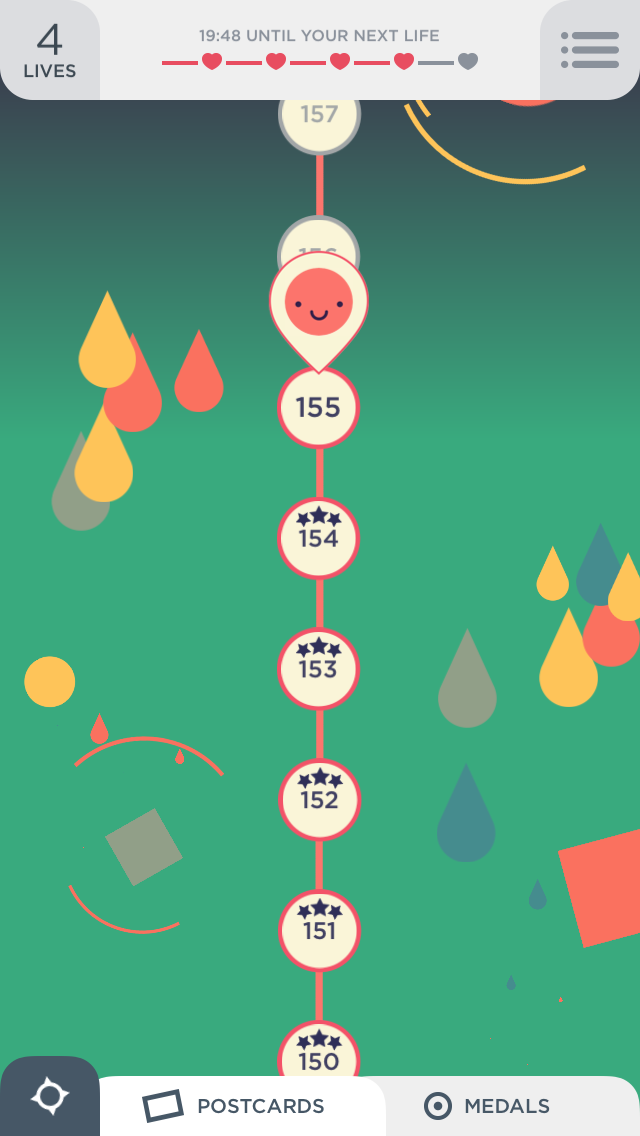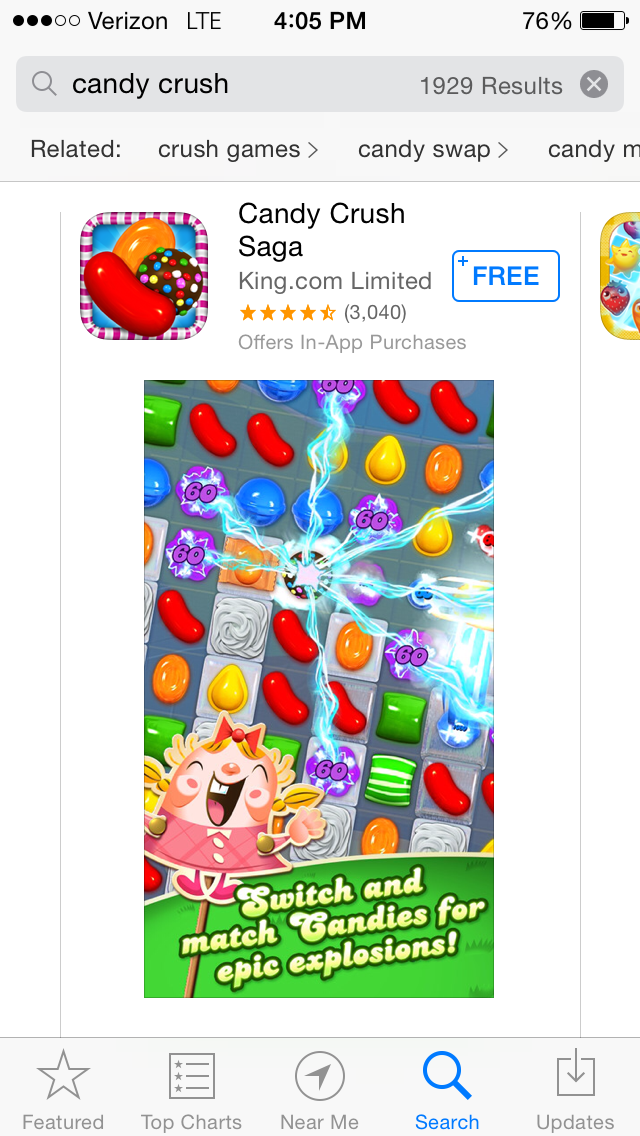



.




Rhetoric & Popular Phone Apps on College Campuses

Gaming Apps
.
.
.
One type of phone application that has the ability to capture a large college-aged audience in a matter of weeks is gaming applications. Two of the most popular gaming applications on college campuses are Candy Crush Saga and Two Dots. The two games are very similar in that they both are matching games and limit a player’s playing time.
It’s easy to understand why the apps are so popular with college aged students who are looking for a brain break during long study sessions. Games like Candy Crush Saga and Two Dots that limit a player’s playing time help ensure that students are actually taking five minute study breaks, not two hour study breaks. While these games are fun and popular, they are still associated with rhetoric. The biggest rhetoric that they are associated with is the idea that because the games limit play time, they are less addicting because people cannot “binge play.”
I did a short interview with a James Madison University student named Wes who felt like games like Candy Crush Saga and Two Dots are less addicting than other games. When asked about if he thought games that limit game play are less or more addicting than games with no limit he responded, “Games like Candy Crush are less addicting.” The reason, he claimed, was that, “other games allow you to keep playing whereas Candy Crush and games like it stop you from getting too absorbed in the game.”
Unfortunately, limiting playtime does not equal less addiction. In fact, the opposite may be true. A recent blog post published by The Guardian and written by Dana Smith details how games like Candy Crush Saga and Two Dots gather such a large following. One way the games become addicting is actually through the limited game play (Smith). According to the post, when people win a level of Candy Crush Saga, they get a small burst of dopamine. When game makers limit a players game play, players do not get the dopamine fix that they want the first time they play, making it so that the next time players play the game, the game is even more rewarding (Smith). In other words, occasional depravation from a reward will lead to a greater dopamine response than when the reward is always available (Smith). This is important because according to Nicholas Carr’s book The Shallows, a build-up of dopamine can cause addiction to become stronger and cravings to become greater (Carr 35). This means that Candy Crush Saga and Two Dots limit on playing time actually makes their games more addictive than games that have no playing limit.
This development shows that the rhetoric that these popular games with playing limits are less addicting than other games with no playing limits is false. This rhetoric negatively affects users because it lets users believe that these games are a healthier alternative to traditional, unlimited playing time games when they are not.
Works Cited
Carr, Nicholas. The Shallows. New York: W.W. Norton and Company. 2011. Print.
Horne, Wes. Personal interview. 12 Nov. 2014.
Smith, Dana. “His is What Candy Crush Saga does to Your Brain.” The Guardian. Guardian News and Media Limited. 1 April 2014. Web. 12 Nov. 2014